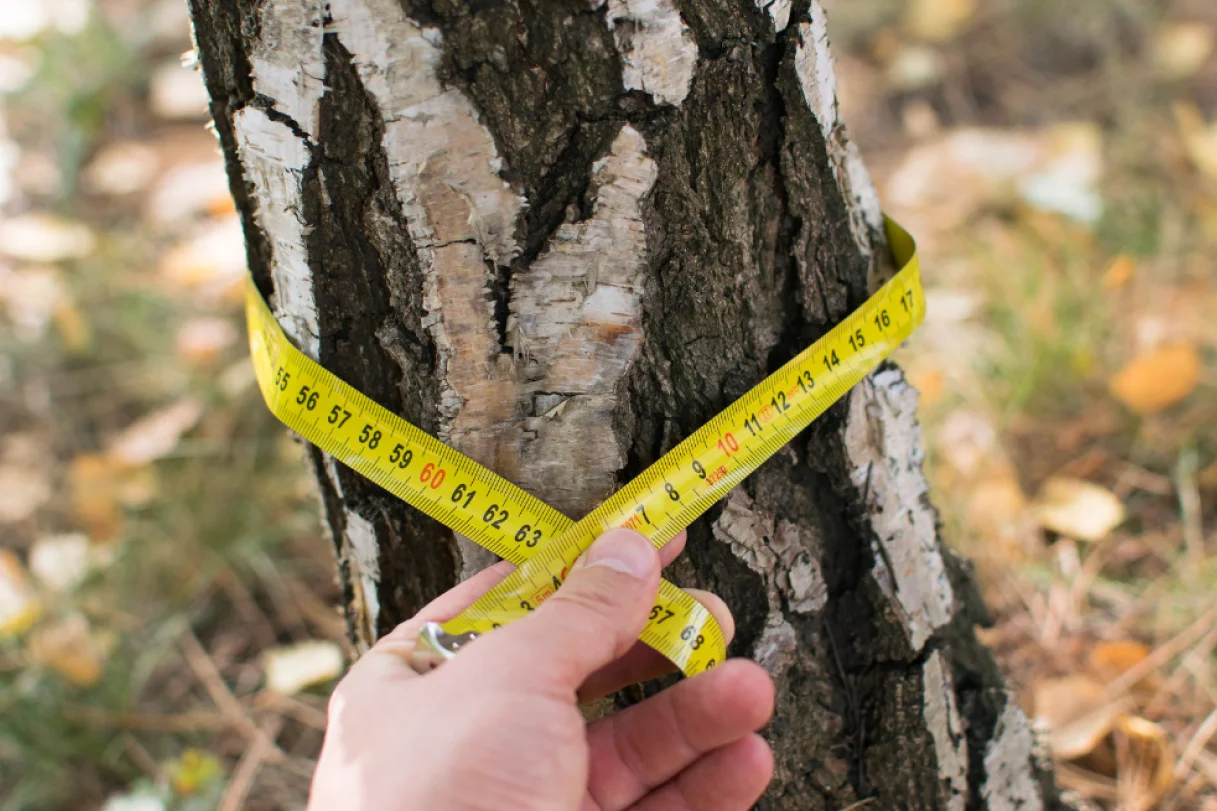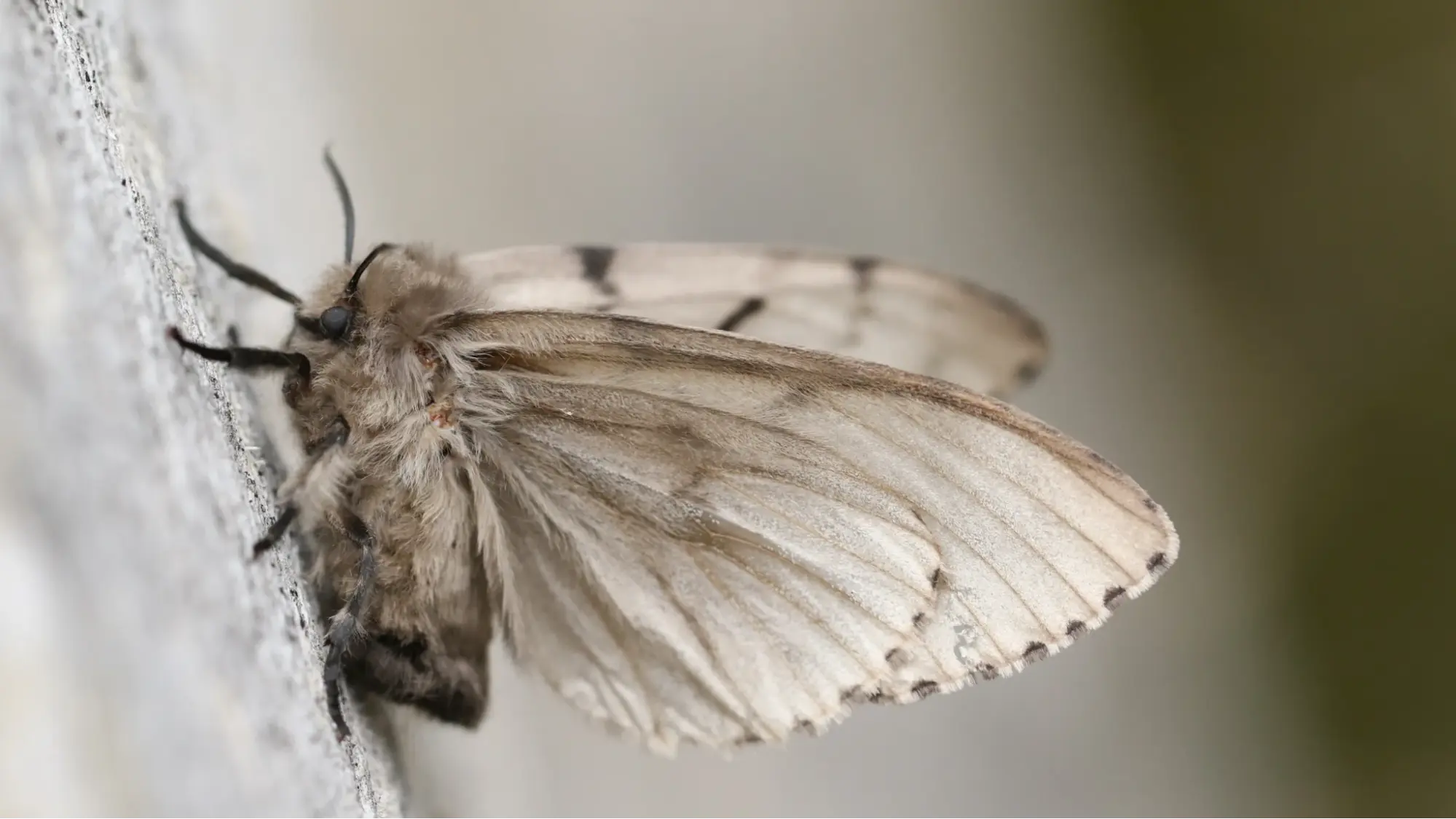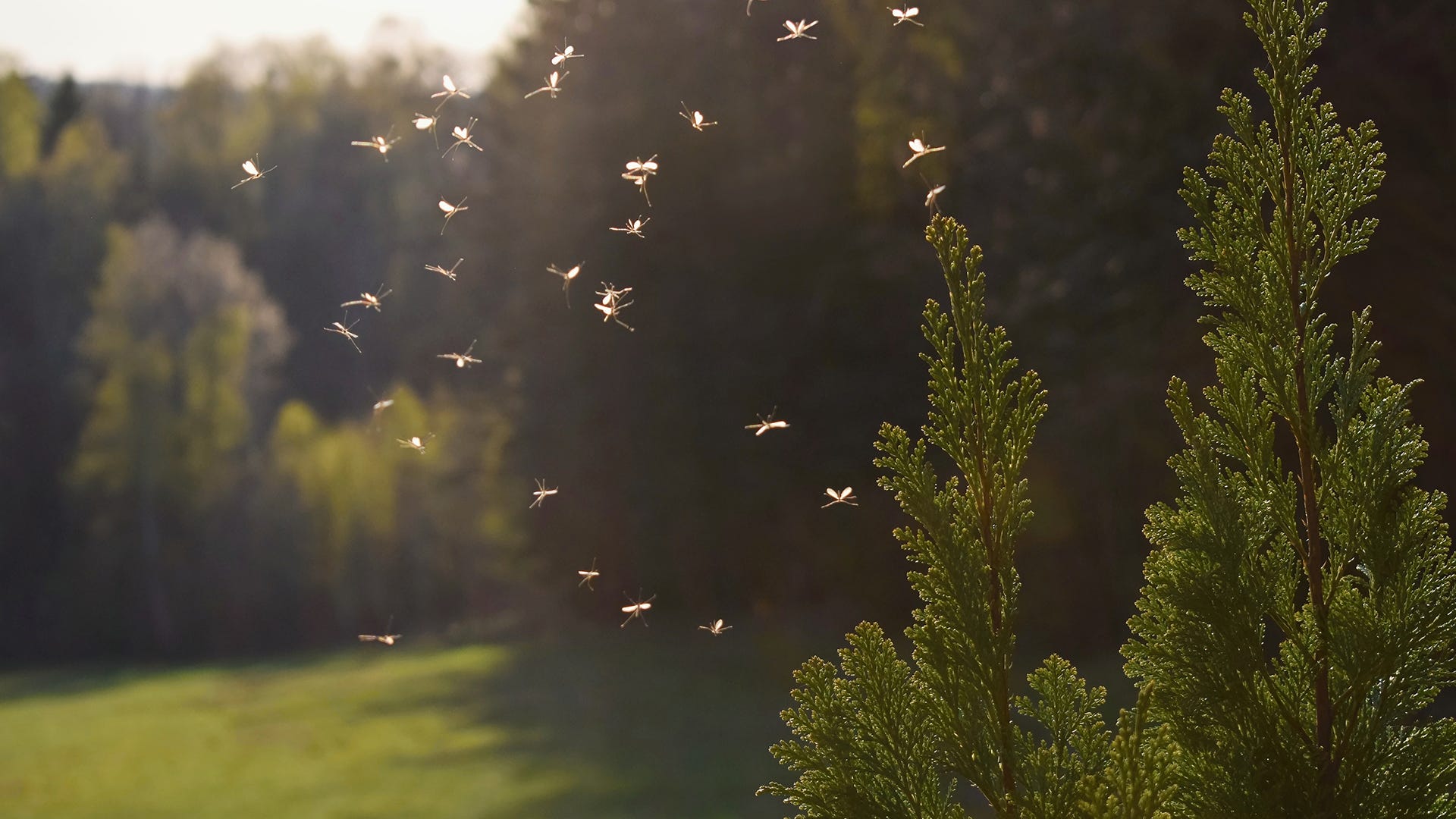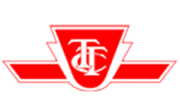Most plants either have or will develop a woody stem. This can include trees, tree saplings, bushes, brush, plants and thistles. Some examples of these types of plants include Willow, Locust, Maple and Tree of heaven saplings.
Although the development of woody material can be overwhelming to maintain and keep free of disease, it can be regulated with these three control methods.
Control Method 1 – Cutting
This is a relatively easy and financially reasonable action that can be taken to maintain the development of wood on plants. Short woody plants that are under 18" can undoubtedly be cut using normal tools, and this practice can be a quick and effective way to limit the growth of unwanted appendages.
Whenever convenient, this should be done multiple times per season. Use a yard cutter, sickle bar cutter, or sting trimmer with a metal edge. Standard and frequent cutting such as this likewise decreases the chances of groundhog tunneling.
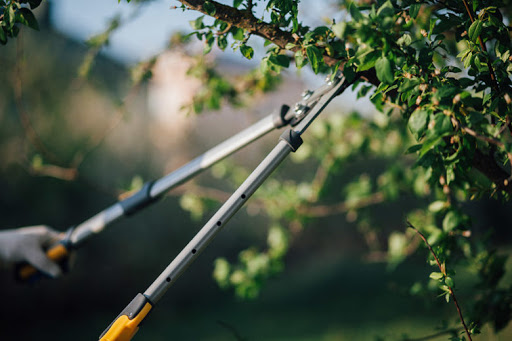
Control Method 2 – Spraying
It is relatively easy to access and apply herbicides to destroy unwanted vegetation. Apply herbicides when plants are developing, the spring to late-spring is ideal. The fall is also a great time for this, as long as the tree leaves are still green. Try not to apply during dry periods.
Frequent re-applications are important in the further control of the development of woody material. Almost no long-term control is given by most herbicides, so subsequently anticipate that new development may arise, and that reapplication will be needed. Plan yearlyherbicide applications to easily manage this task.
Suggested herbicides include the following.
(NOTE: Always follow all label instructions)
Selective Types
These herbicides WILL NOT harm or destroy turf grasses, however will control woody vegetation and broadleaf weeds in turf when used by label recommendations. The most common elements used in these products are Triclopyr and 2,4-D + Triclopyr.
Popular selective herbicides:
- ‘Crossbow’
- Garlon'
Non-Selective Types
These herbicides will harm or KILL EVERYTHING that they interact with. The most frequently found element used in such products is Gyphosate.
Popular non-selective herbicides:
- 'Round-up Pro'
- 'Kleen-up'
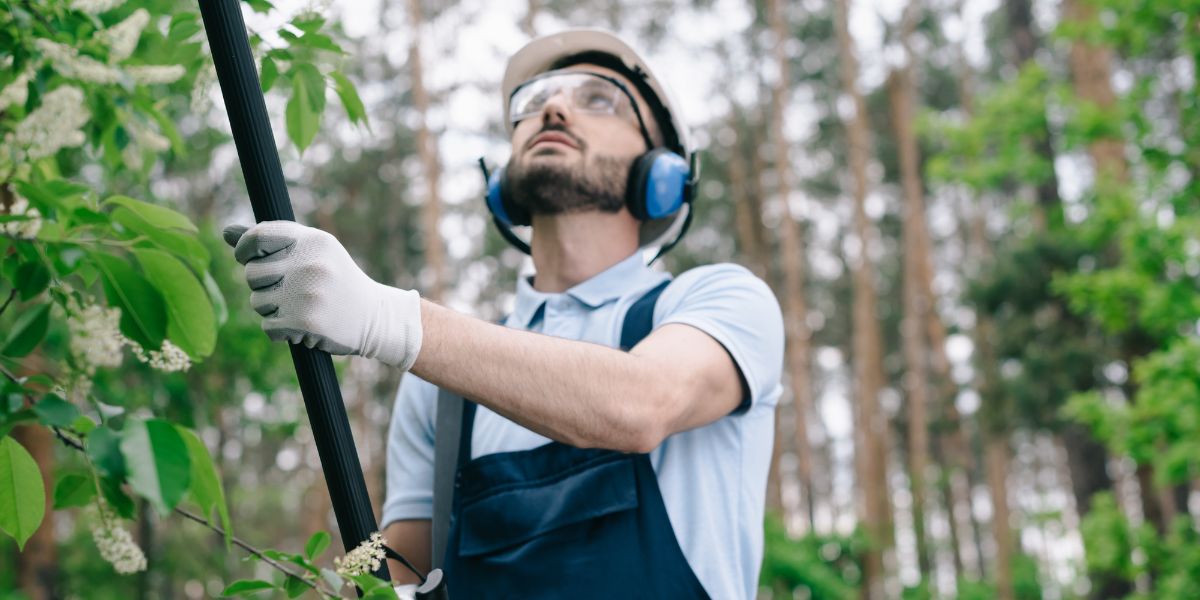
Control Method 3 – Cut and Paint
For taller woody plants, cut the trunk down to grade using loppers, a hand saw or string trimmer with a metal edge. Once done, quickly brush undiluted and full concentrate glyphosate (Round-up Pro) onto the stump. This area, where the inner bark meets the heartwood (cambium) has the best capability of adsorbingthe herbicide.
Make sure to paint this area well and quickly. If too much time passes between cutting and applying the herbicide, the root sap will start streaming out of the stump and remove the herbicide along with it, allowing for little or no control to be given.
When initially cut, the stump will absorb the herbicide easily, so exploit this opportunity and apply the product directly after cutting. In the event that stump regrowth occurs, reapply herbicide to any new development.
Although the maintenance of woody appendages can seem daunting, it can be a relatively easy task when done with the right approaches. If ever in doubt about how to manage the development of woody material, it’s important to consult an expert for their opinion and support.
